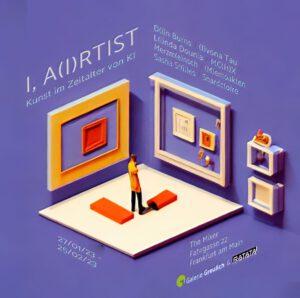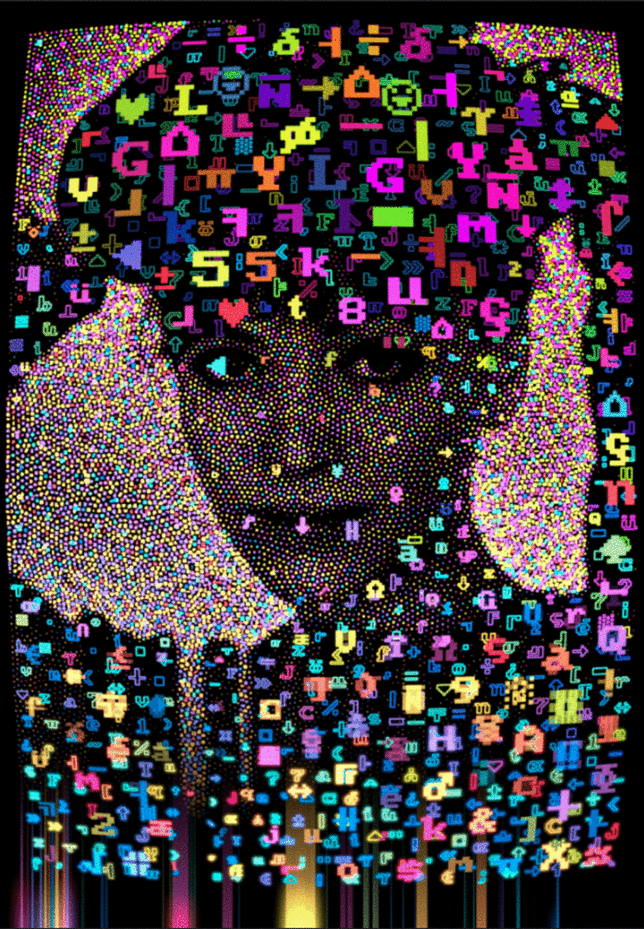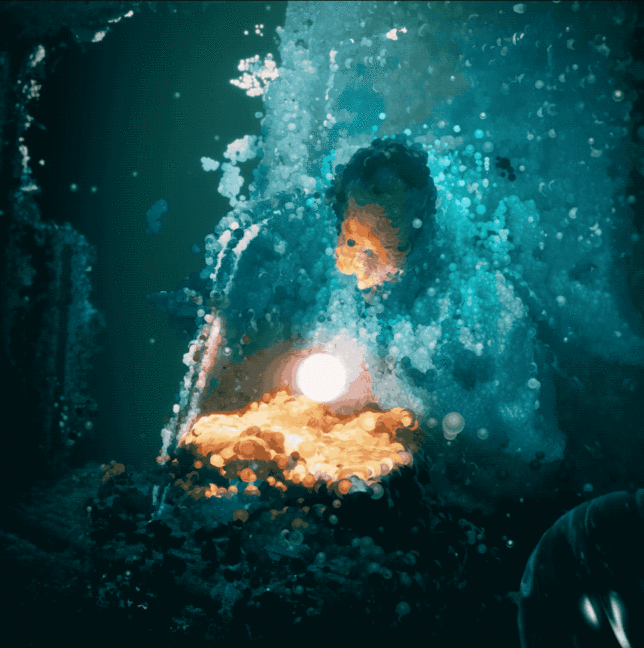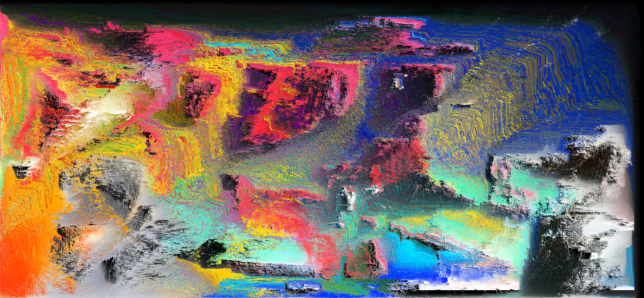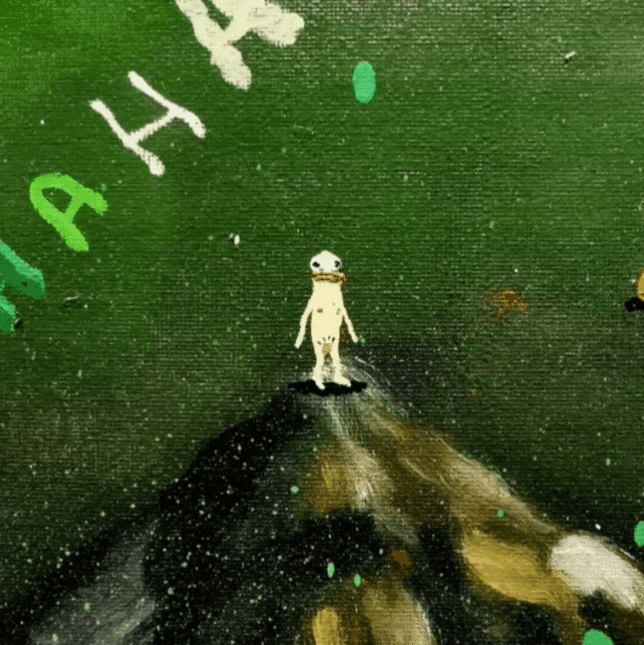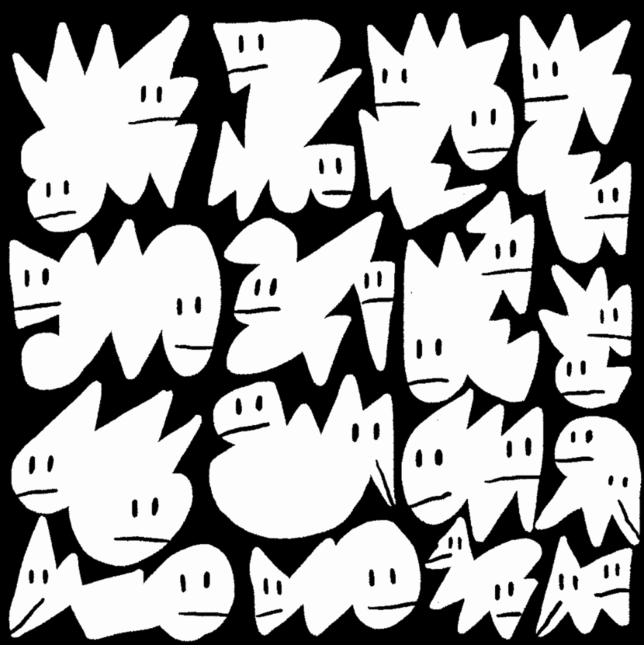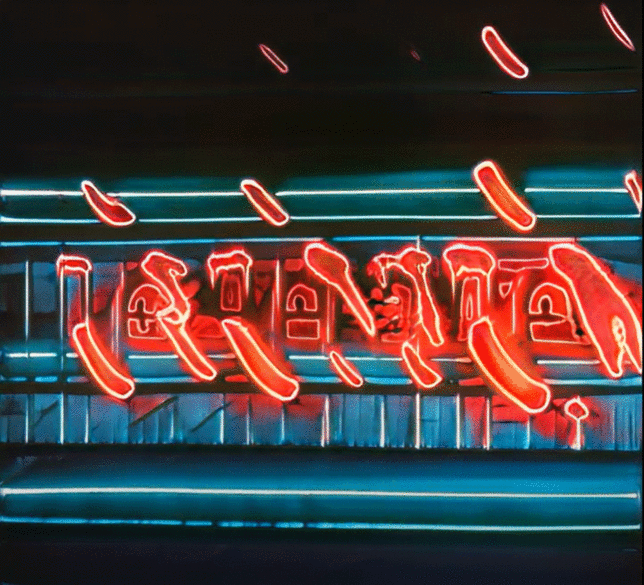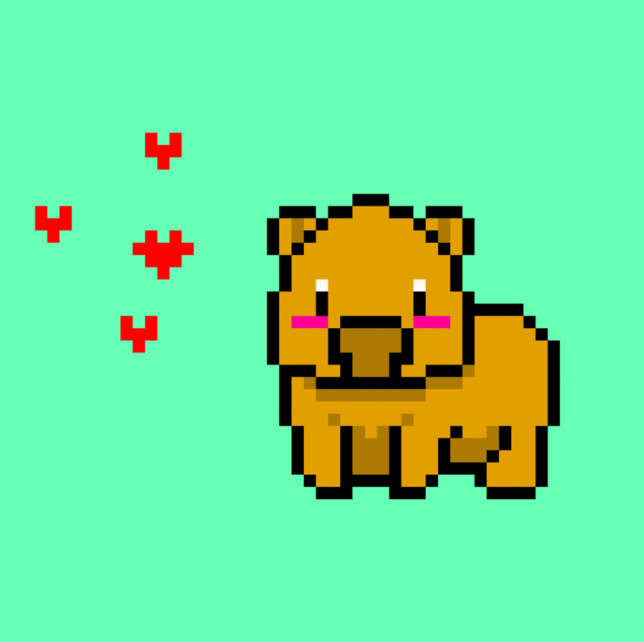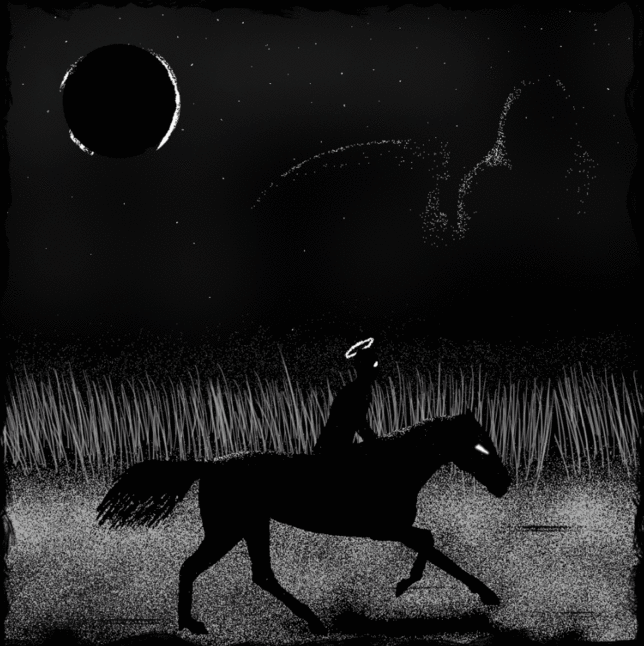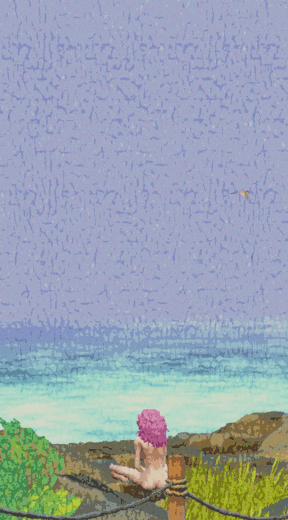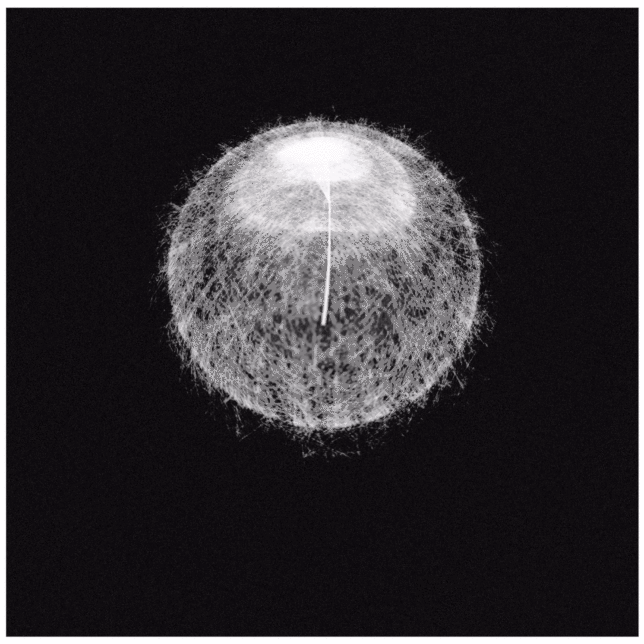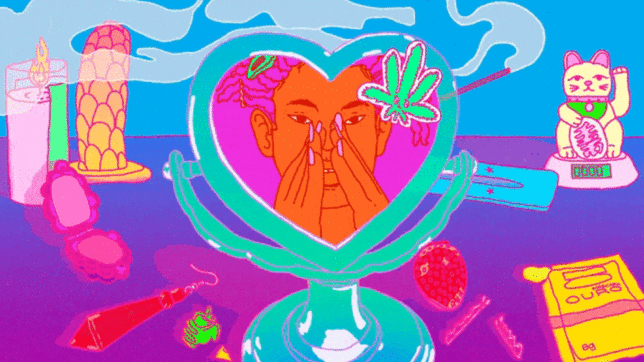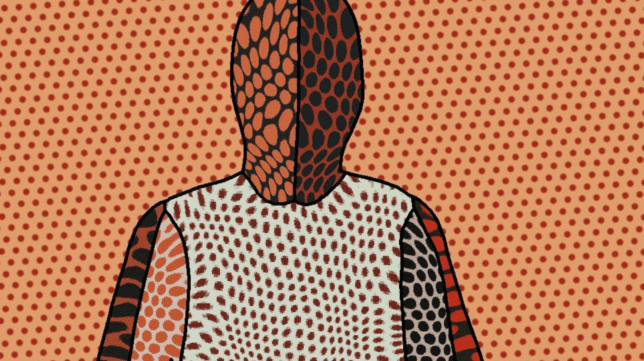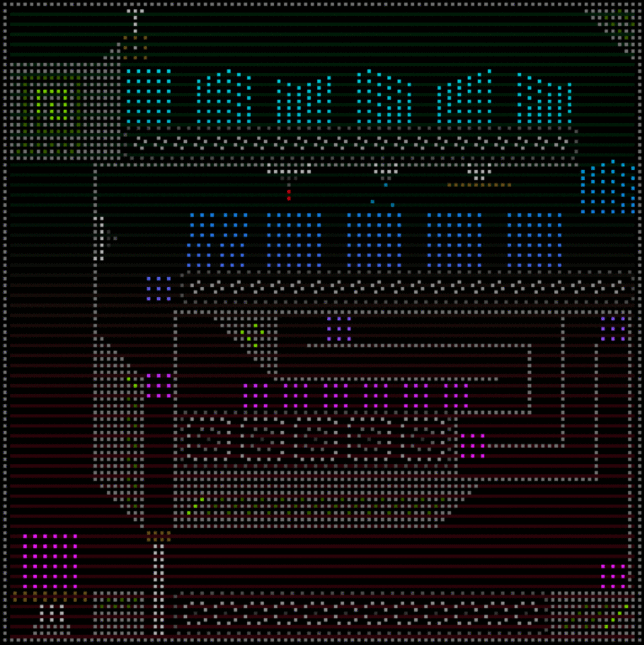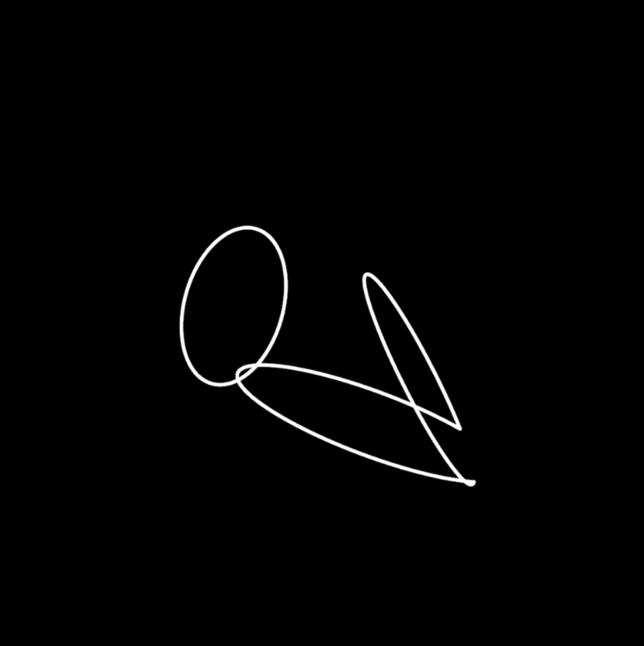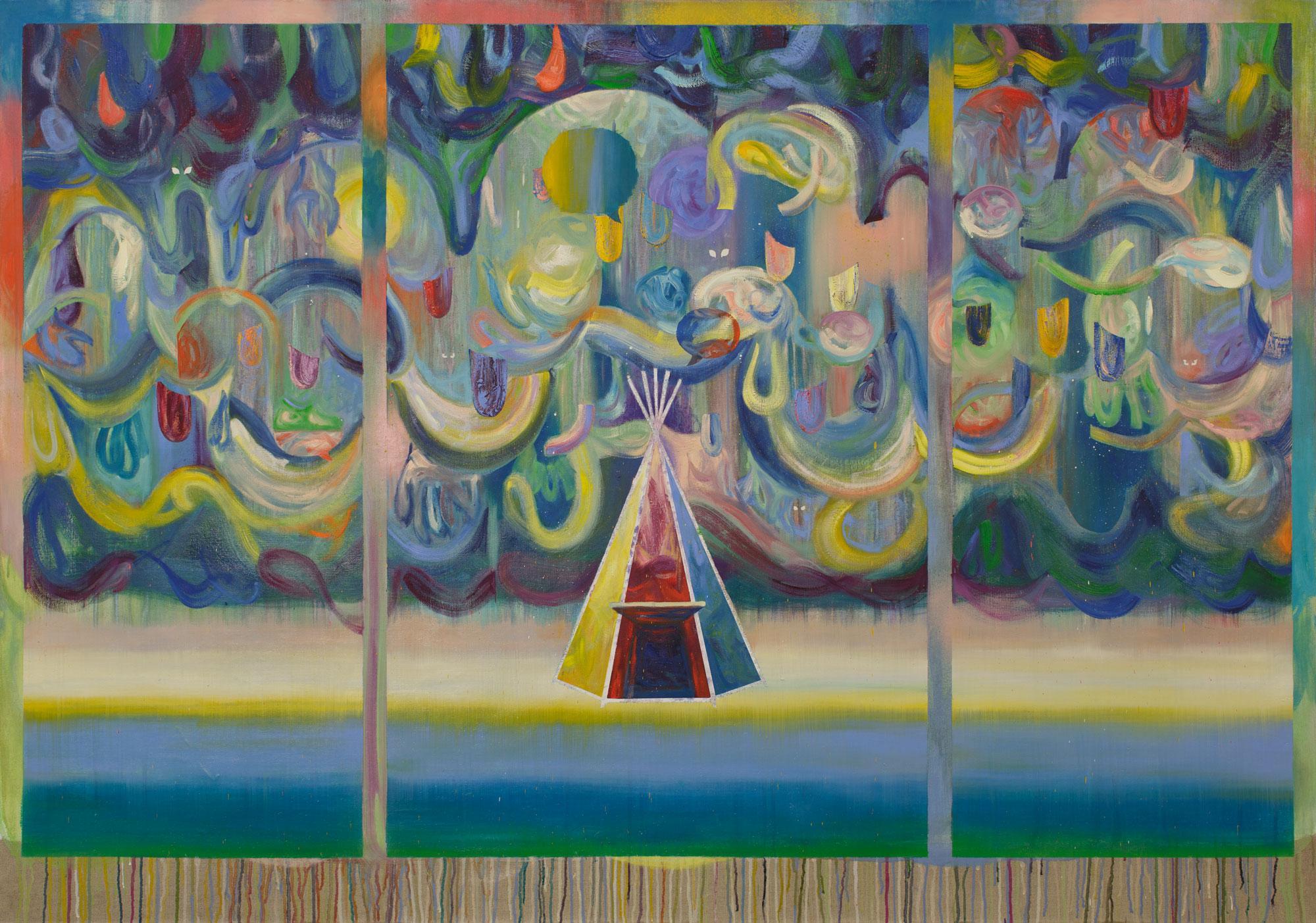NFTs | Digital Art | Digital Collectibles
Something is happening in the art world. Crypto art and NFT art are phenomena that are currently on everyone’s lips. Sotheby’s auctioned off a file by the US artist Beeple for just under 70 million US dollars. Are they all just absurdities or is a new, substantial stone actually emerging in the mosaic of art?
I, A(I)rtist – Art in the Age of AI.
Cryptoart and NFT exhibition from January 27 to February 25, 2023.
The first national gallery exhibition on the subject of AI and art at Galerie Greulich. Things are happening in the art world: Digital tools are becoming more and more important and are increasingly influencing art. Galerie Greulich dedicates a special exhibition to this development. We present artists who create Digital Art with the help of AI. The results are NFTs that deal with the topic of AI in very different ways.
Merzmensch (Vladimir Alexeev) | Linda Dounia | Shardcore (Eric Drass) | Sasha Stiles | Ivona Tau | MCHX (Anton Dubrovin) | Memoakten (Mehmet Selim Akten)
The basic thesis of the exhibition I, A(I)rtist – Art in the Age of AI
AI is a tool that influences art. That’s a fact, regardless of what your opinion is. Similar to photography 150 years ago, AI will influence a wide variety of art genres. Architecture, painting, digital art, photography, etc. will be affected. Perhaps its own genres will develop.The exhibition I, A(I)rtist -Art in the Age of AI takes a look at Digital Art/NFTs. The spectrum ranges from non-representational moving images, which have their starting points in color field painting, to image-generated memories created by means of photographs.
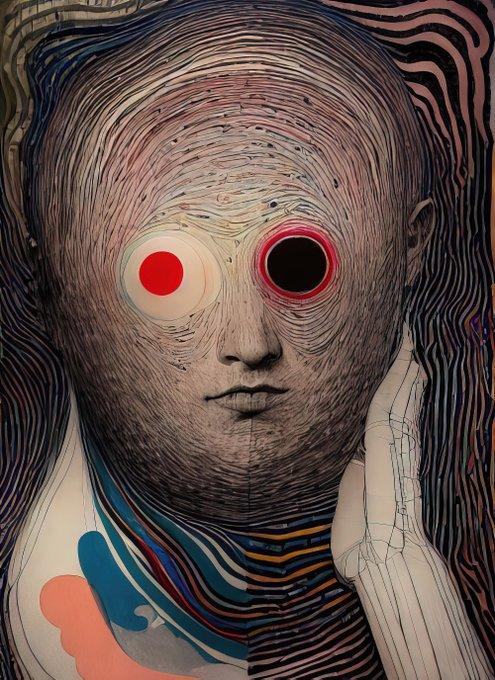
Din Burns explores themes of the human psyche in his work. His portraits are often deconstructed and deformed. The Istanbul-based artist sometimes focuses on the state of permanent distractions. Burns seeks to depict the various states of the human soul through visual representations in his paintings. Fear, apathy, despair, shame, loss of identity and introspection, are constant motifs in his works..
NFTs | Digital Art | Digital Collectibles
Something is happening in the art world. Crypto art and NFT art are phenomena that are currently on everyone’s lips. Sotheby’s auctioned off a file by the US artist Beeple for just under 70 million US dollars. Is this all just absurdity, or is a new, substantial stone actually emerging in the mosaic of art?
Pixposure — A Generativ NFT-Art Show the second NFT exhibition, January/February 2022
Art NFTs are - in the broadest sense - computer-generated artworks intended for reception on monitors. Generative art takes the whole thing to the extreme, because here the artists design the programs and algorithms that then independently generate the artworks..
Ivona Tau | Krankarta | Loackme | Marcelo Soria-Rodriguez | Shardcore | Sam Tsao | Adi Oohgaga | Iskra Velitchkova
What hot Shit — the first NFT exhibition of the Greulich Gallery, July/August 2021
For our first exhibition What hot Shit, we have selected 14 artists who show us their entry into the world of Crypto Art. Among them are top-class artists who exhibit in the world's major museums as well as promising young talents.
Lulu XXX | Ruben Fro | Robness | Bjorn Calleja | Burka Bayram | Ivona Tau | Mumu_Thestan |Cryptohamster | Estelle Flores | | | Pointline aka Iskra Velitschkova | Marissa Noana | Quasimondo, Mario Klingemann | Kerim Safa | Satoshi Aizawa
